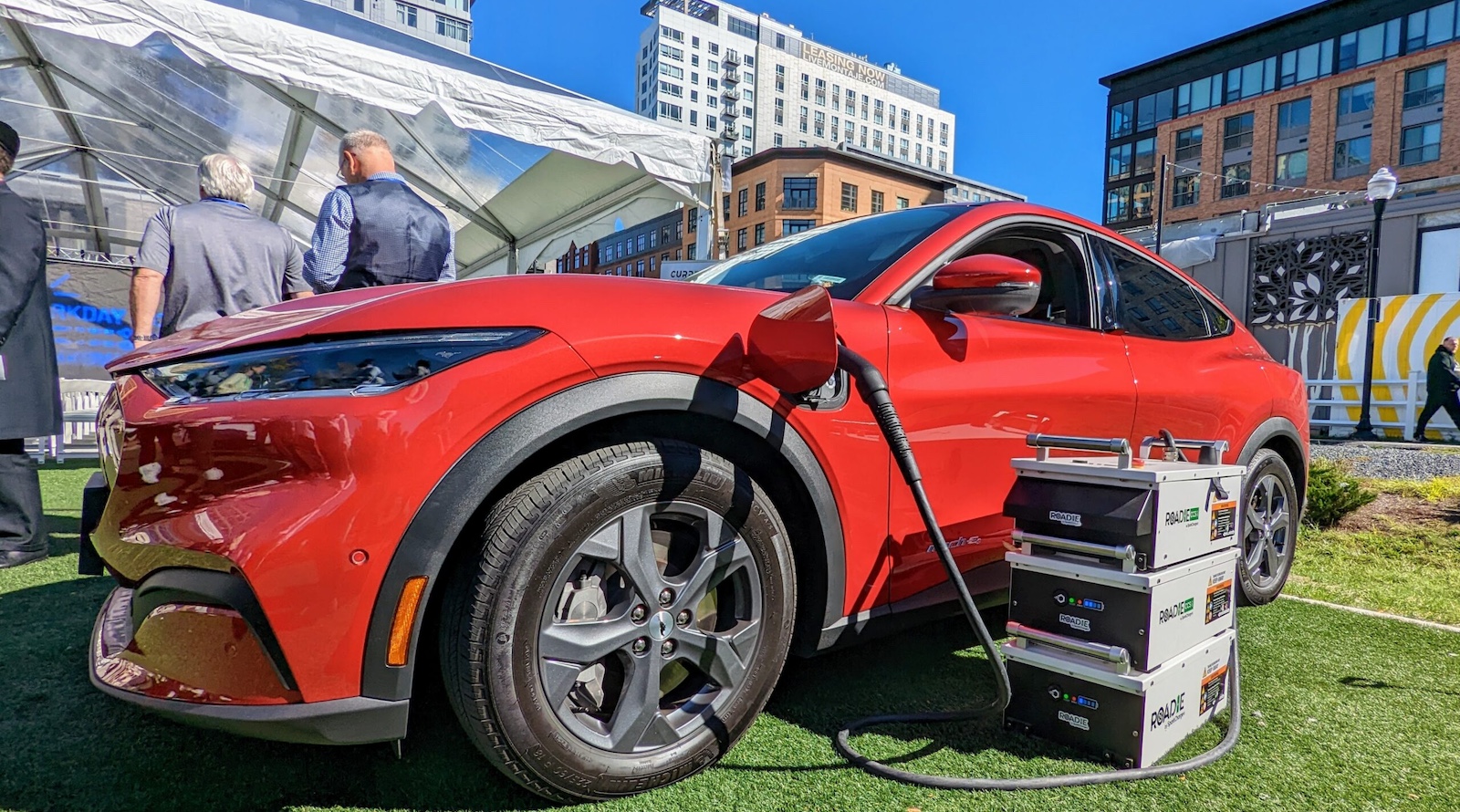Sign up for CleanTechnica’s Weekly Substack for Zach and Scott’s in-depth analyses and high level summaries, sign up for our daily newsletter, and/or follow us on Google News!
This is one of those nerdy topics that doesn’t matter, and yet, can be a source of ongoing debate. At least, I intend to make it so even if I am screaming into the void. This is going to be a bit of a ramble, but hopefully you will find yourself entertained and maybe a bit more knowledgeable if you make it through.
As folks who have heard one of my EV talks, read my blog at Let’s Go Zero Carbon, or downloaded a version of my slide deck know, I like to nerd out on all things EV, but also keep it simple and bring new people into the EV fold. An example of nerding out is that, on my charging levels slide, I recently added overlay text of “DCFC” over “L3.” Why? I’m an engineer, and several years ago, my nerd sources pointed out that “Level 3” refers to something different from common usage of the term in older versions of the SAE charging standard and has been completely absent in recent versions going back to 2010.

While researching for this article, I found “Level 3 Is A Perfectly Legitimate Term For DC Fast Charging,” by the always entertaining and informative Jennifer Sensiba on CleanTechnica. This article is from 2 years ago, so I’m picking up a pretty cold trail here, but this is just for debate entertainment, so bear with me. Jennifer’s point can be summarized as “Everybody uses ‘level 3’ to refer to DC fast charging and chargers, so therefore it’s right; get over it.”
I love language, particularly the way it evolves to meet the needs of users. But the engineering discipline uses language to create things that can be manufactured repeatably and built up into systems that can be seamlessly interconnected. There is no space for ambiguity of language in a technical standard. And yes, J-1772 (see below) is officially a technical standard. In fact, it was created to meet a need identified by the California Air Resources Board (CARB), and that government entity drove it’s early development.
Some engineering standards are mandated and issued by government entities, but there are many that we depend on that are not. If I want to design a piece of equipment that has a USB port on it, I reference the USB standard, which is managed by a private sector industry consortium with no government mandate. So, yeah, official to an engineer doesn’t mean sourced from a government. And no, I won’t be using Jennifer at CleanTechnica’s Standard Levels of Charging to design a new electric vehicle or charger!
The motivation for this post came after I read “Electric Car Charging: The Basics” by Bengt Halvorson on Green Car Reports. This article goes beyond the basics to provide everything a new EV owner needs to know before venturing out and gaining their own personal experience (what really matters!) on daily driving of an electric vehicle. But, of course, Bengt uses L3 (Level 3) and even states, “In the interest of simplification L3 and DC fast charging are one and the same.” And, of course, if you are going to refer to Level 3 EV charging in North America, that is true! But the reality is that Level 3 is not defined in recent versions of the Society of Automotive Engineers (SAE) surface vehicle standard Electric Vehicle and Plug-in Hybrid Electric Vehicle Conductive Charge Coupler (J-1772).
Below is a video recorded in 2019 by Professor John Kelly of Weber State University in Layton, UT. This is pretty technical, as you can see from the diagram in the YouTube preview. But the main point for me is the title of the video. One thing I learned watching it is that the J-1772 connector itself (without the CCS DCFC pins 6 and 7) can be used to DC charge up to 48 kW (80 amps at 600 volts).
If you want to do a deeper dive and read some of the background on the J-1772 standard, as usual, the Wikipedia article is a pretty good source.

Whether you have solar power or not, please complete our latest solar power survey.

Have a tip for CleanTechnica? Want to advertise? Want to suggest a guest for our CleanTech Talk podcast? Contact us here.
Sign up for our daily newsletter for 15 new cleantech stories a day. Or sign up for our weekly one if daily is too frequent.
CleanTechnica uses affiliate links. See our policy here.
CleanTechnica’s Comment Policy

